This program prepares students to enter and progress in the field of Entrepreneurial Business Applications. Upon graduation, the student will have the knowledge to meet the challenges of today’s highly competitive world with the skills required by employers or to operate their own small business.
Personal attributes required:
- Should have an analytical mind with an eye for detail and a general understanding of computer applications.
- Able to perform a variety of administrative
- Excellent communication
- Good interpersonal
- Ability to work
- Self-motivated.


